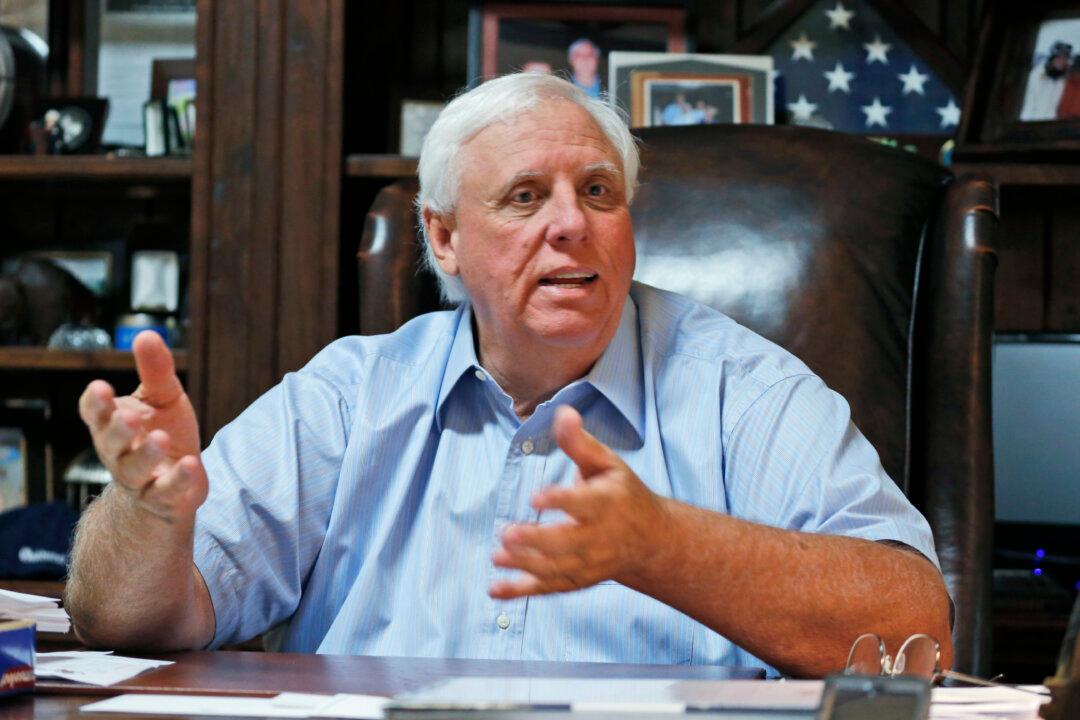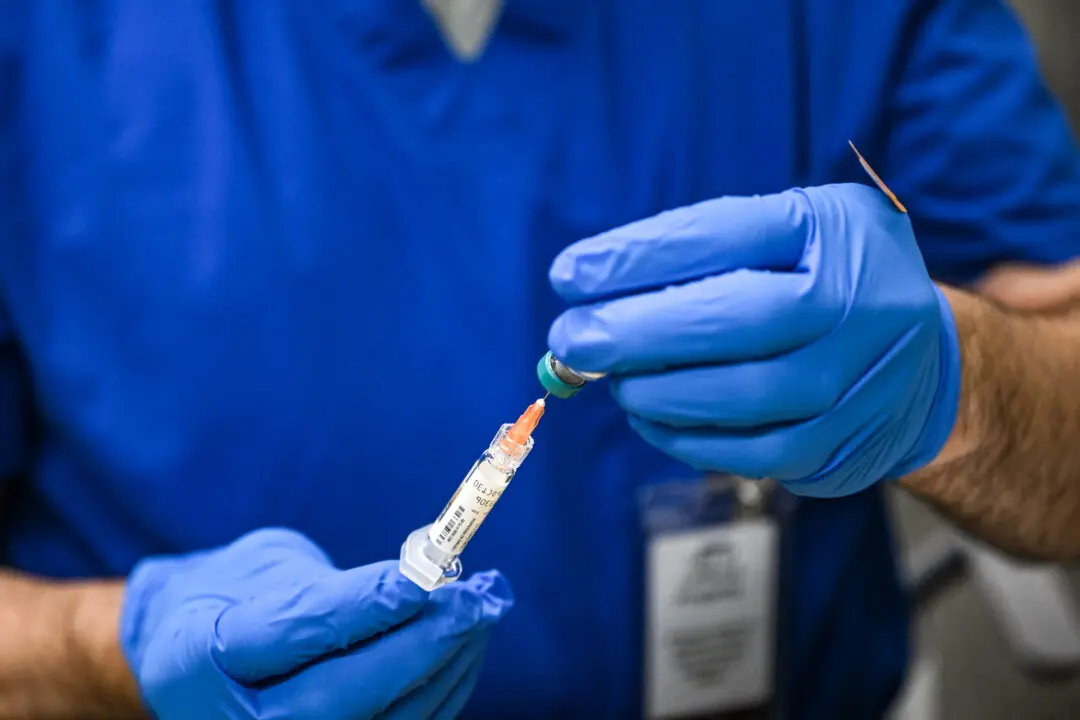West Virginia’s reopening plan could start as early as April 30 and will last six weeks after it begins.
The start of the first week of reopening will depend on the statewide cumulative percent of positive CCP virus test results remaining below 3 percent for three straight days. It was 2.49 percent on April 27.





